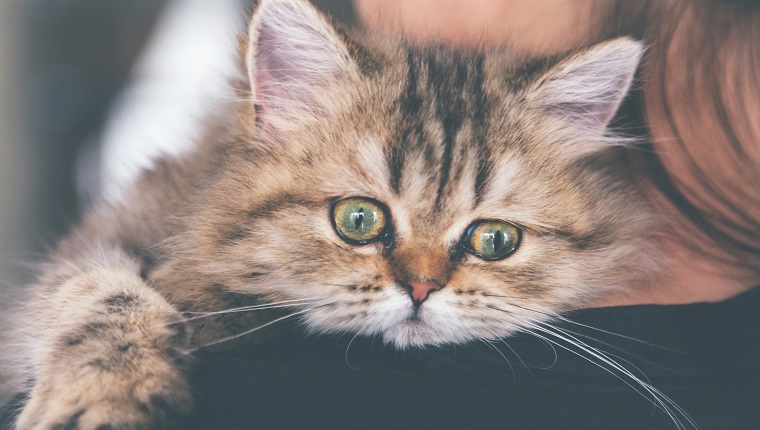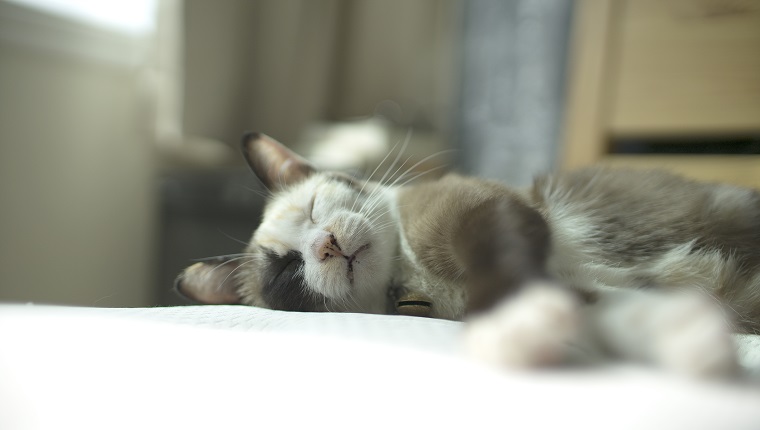Cerebellar degeneration in cats is a medical condition that is categorized as a type of brain disease. It affects the cerebellum, which is a specific part of the brain, and can lead to a wide range of neurological problems.
Certain breeds of cat seem to be more predisposed to inheriting the condition, including the Persian, Siamese, and Domestic Shorthair breeds.
If you see signs that your kitty might be developing neurological issues, then you must consult your veterinarian for a proper diagnosis and advice. Here’s what you should know about the symptoms, causes, and treatments of cerebellar degeneration in cats.
Symptoms Of Cerebellar Degeneration In Cats
Cerebellar degeneration in cats can produce a wide range of symptoms. Some of the most common symptoms include:
- Swaying from side to side
- Affecting an abnormal gait
- Muscle tremors
- Generally seeming to be uncoordinated
- Tilting the head a lot
- Standing in a very broad stance
- Falling over
- Showing poor depth perception
Causes Of Cerebellar Degeneration In Cats

The exact cause of cerebellar degeneration in cats is currently unknown. However, in some cases, research has linked the condition to cats who are born with the feline panleukopenia virus.
Additionally, the following breeds of cat seem to develop the condition more frequently than other breeds:
Veterinary Treatments
If you worry that your cat is developing cerebellar degeneration, then your veterinarian will want to ask about your feline’s recent medical history along with any breed-specific conditions. Vets normally carry out blood and urine tests in order to rule out other conditions that might bring on similar symptoms.
Vets can also use an MRI can help to examine the condition and size of the cerebellum, and a biopsy of the cerebellum can give a definitive diagnosis.
Sadly, there is no effective treatment for this condition. However, vets have used a small number of medicines in some cases, including buspirone, amantidine, and co-enzyme Q10, and these have shown some promise.
As always, if your vet prescribes your feline any medicine, then it is vital that you stick to the precise dosage and frequency instructions and finish the entire course of medication.
Cats with this condition will need to live in a home environment that is safe, so you might need to rearrange furniture and create easy spaces for them to move around in.
Additionally, cats with this condition can experience issues with eating their meals, so they may need a helping human hand.
Have you ever cared for a kitty who suffered from cerebellar degeneration? What steps did your vet take to help your cat stay comfortable? Tell us all about it in the comments below.




